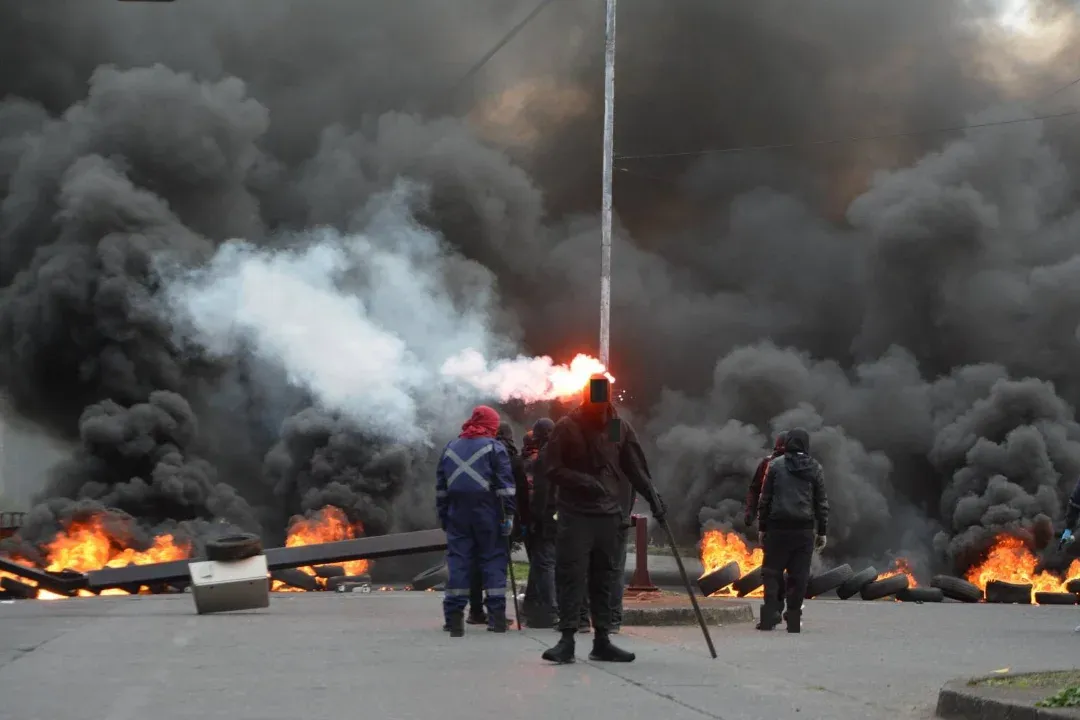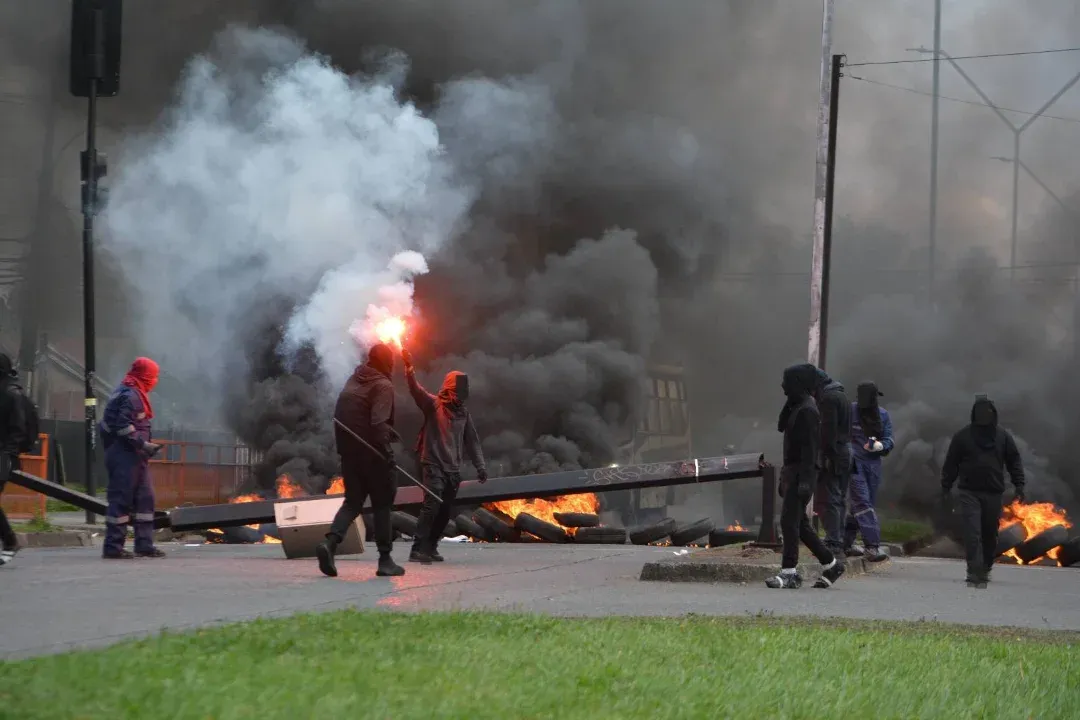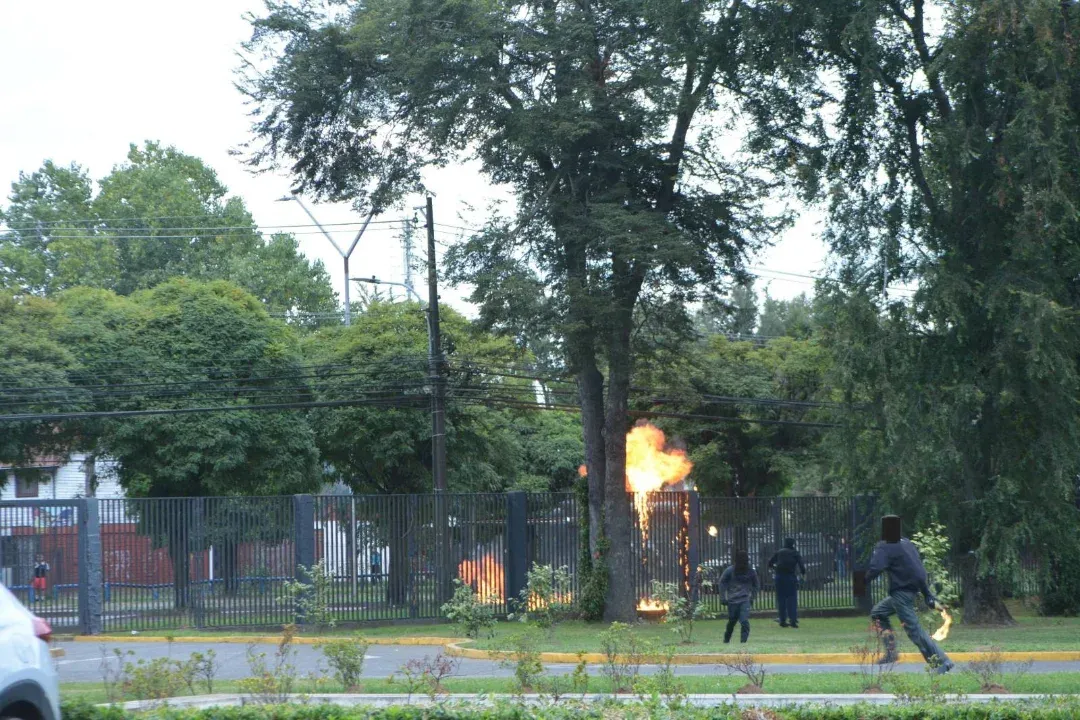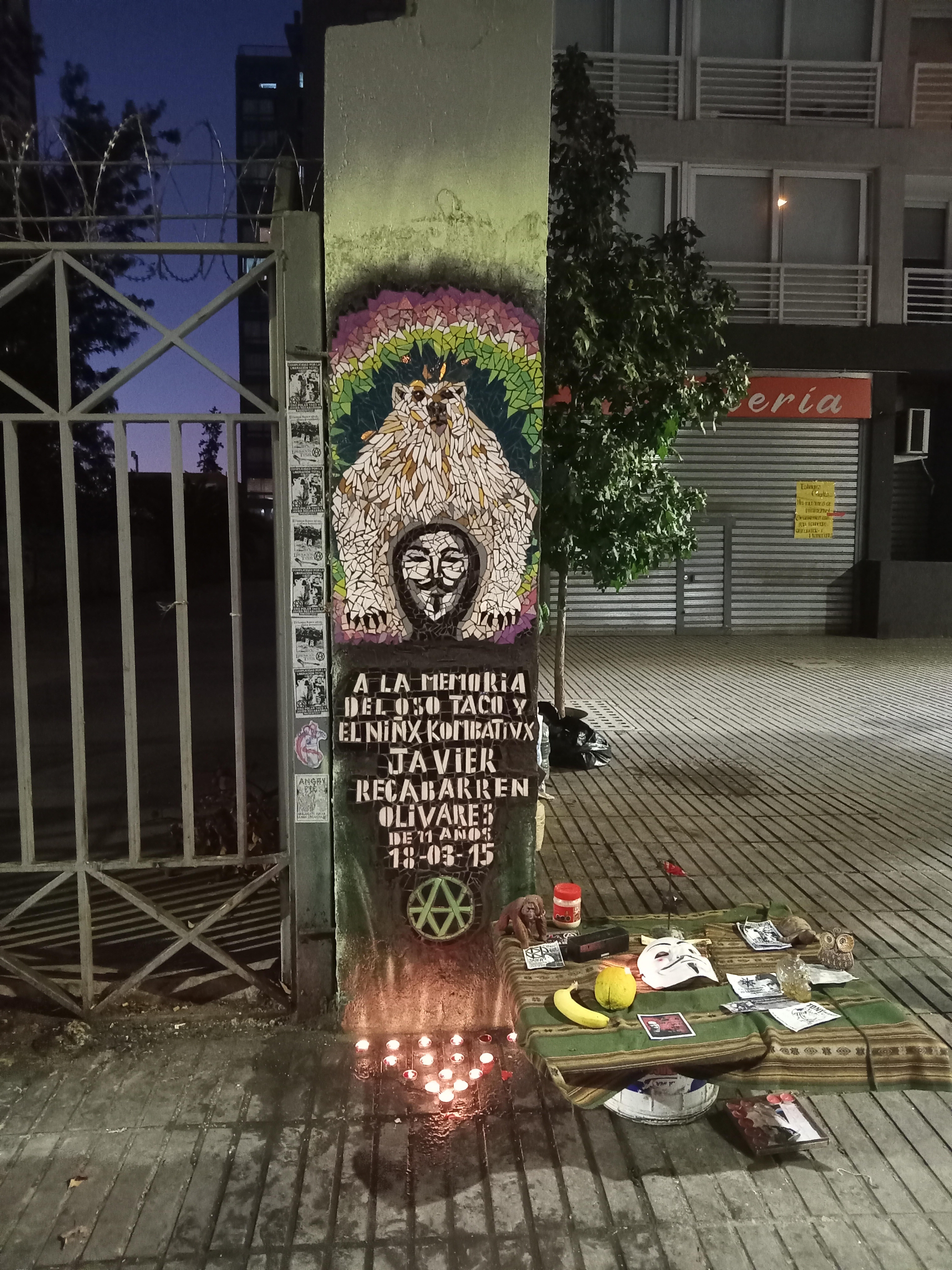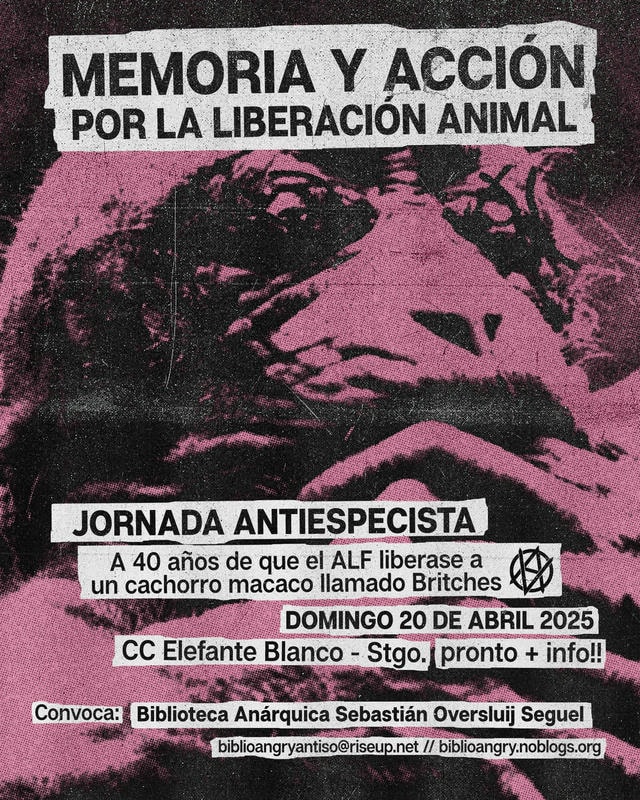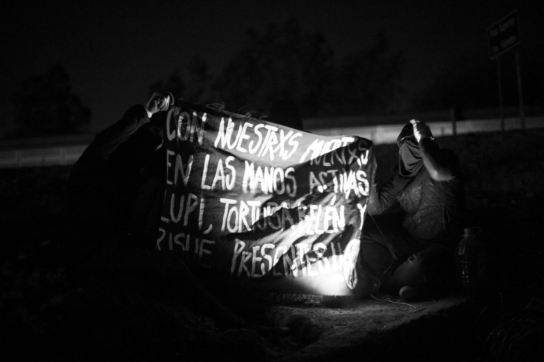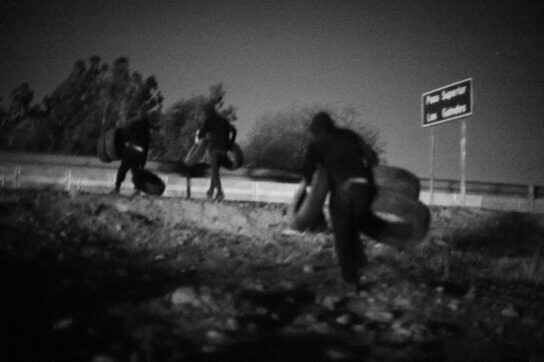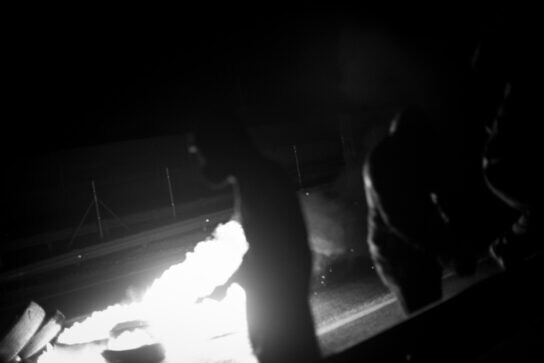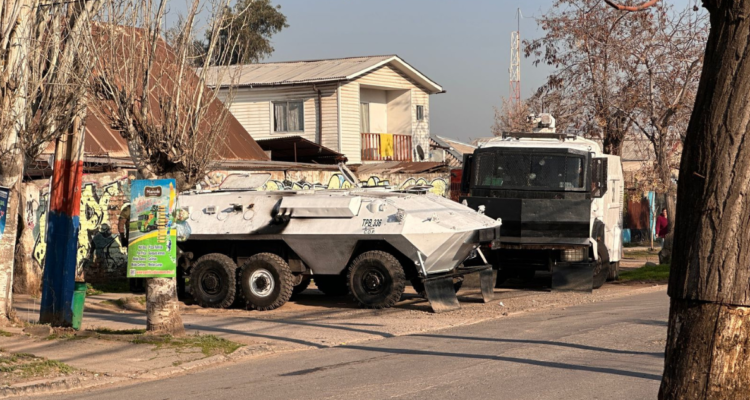
As every March 29, with greater or lesser intensity, a new Day of the Young Combatant is commemorated in different parts of the territory dominated by the Chilean state. This year the date fell on Saturday, causing that on Thursday 27 and Friday 28 high school students from Liceo de Aplicación, Liceo Manuel Barros Borgoño, INBA, Liceo 1, Instituto Nacional and Liceo Eduardo de la Barra (Valparaíso), university students at the Juan Gómez Millas campus, Universidad de la Frontera (Temuco) and Universidad de Playa Ancha (Valparaíso), and comrades in general, were rioting and confrontations with the police in high schools, universities and in the center of Santiago, also different gestures of agitation accompanied all these days.
On the night of Saturday 29th the streets of Cerro Navia, Estación Central, Quinta Normal, San Bernardo, Huechuraba, Peñalolén, among others, lit up. With Molotovs, stones and homemade or industrial weapons, comrades confronted the police in a new commemoration of the Day of the Young Combatant with combative memory for Eduardo and Rafael Vergara Toledo, Luisa Toledo, Mauricio Maigret, Claudia López, Mauricio Morales, Sebastián Oversluij, Luciano Pitronello, Belén Navarrete, among so many other dead comrades who still remain present through anarchic action absolutely far from any iconic, symbolic role or elements of admiration.
Finally, the day left a total of 42 detainees who went to detention control and were released in the course of the following day.
Records of Thursday March 27 and Friday March 28
Universidad de la Frontera (Temuco)
